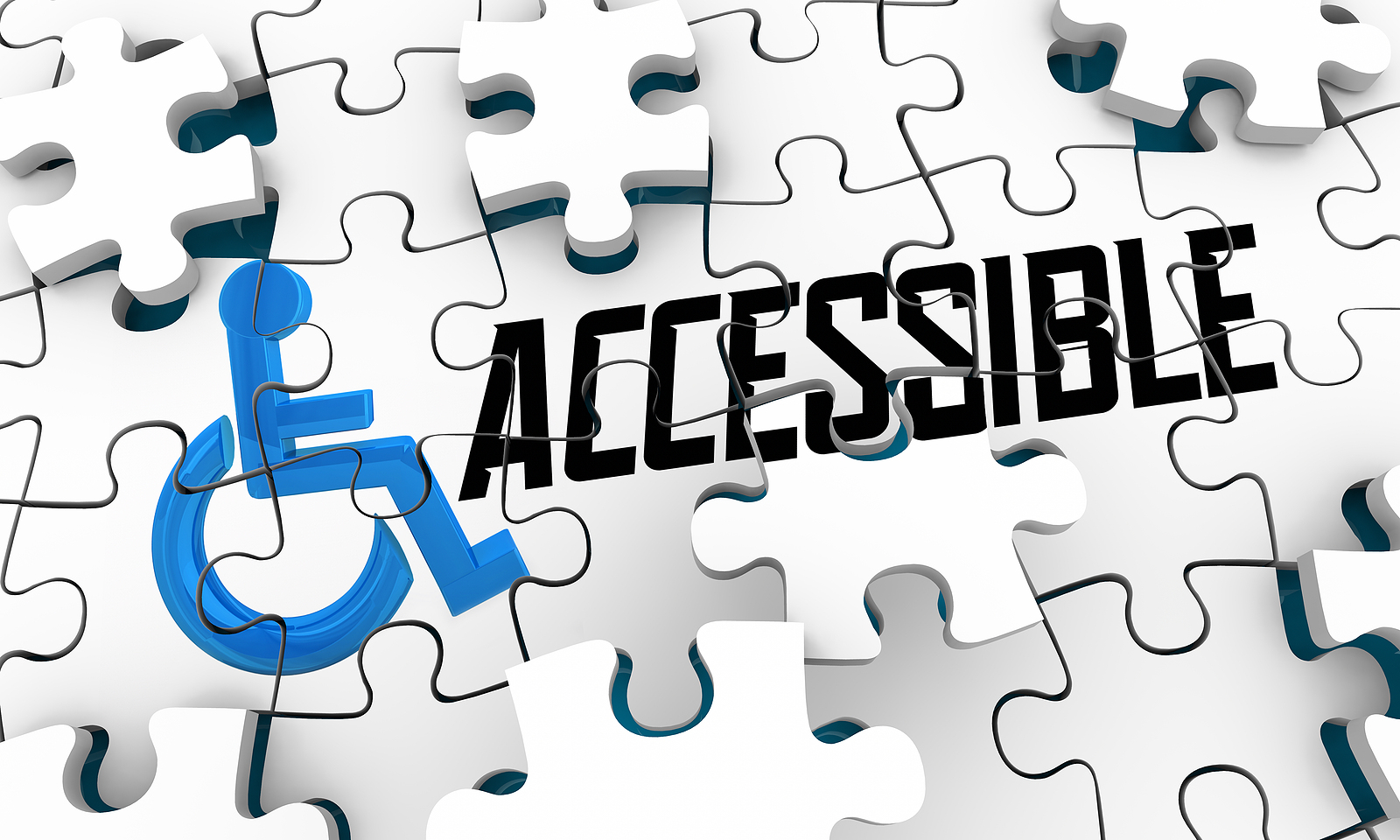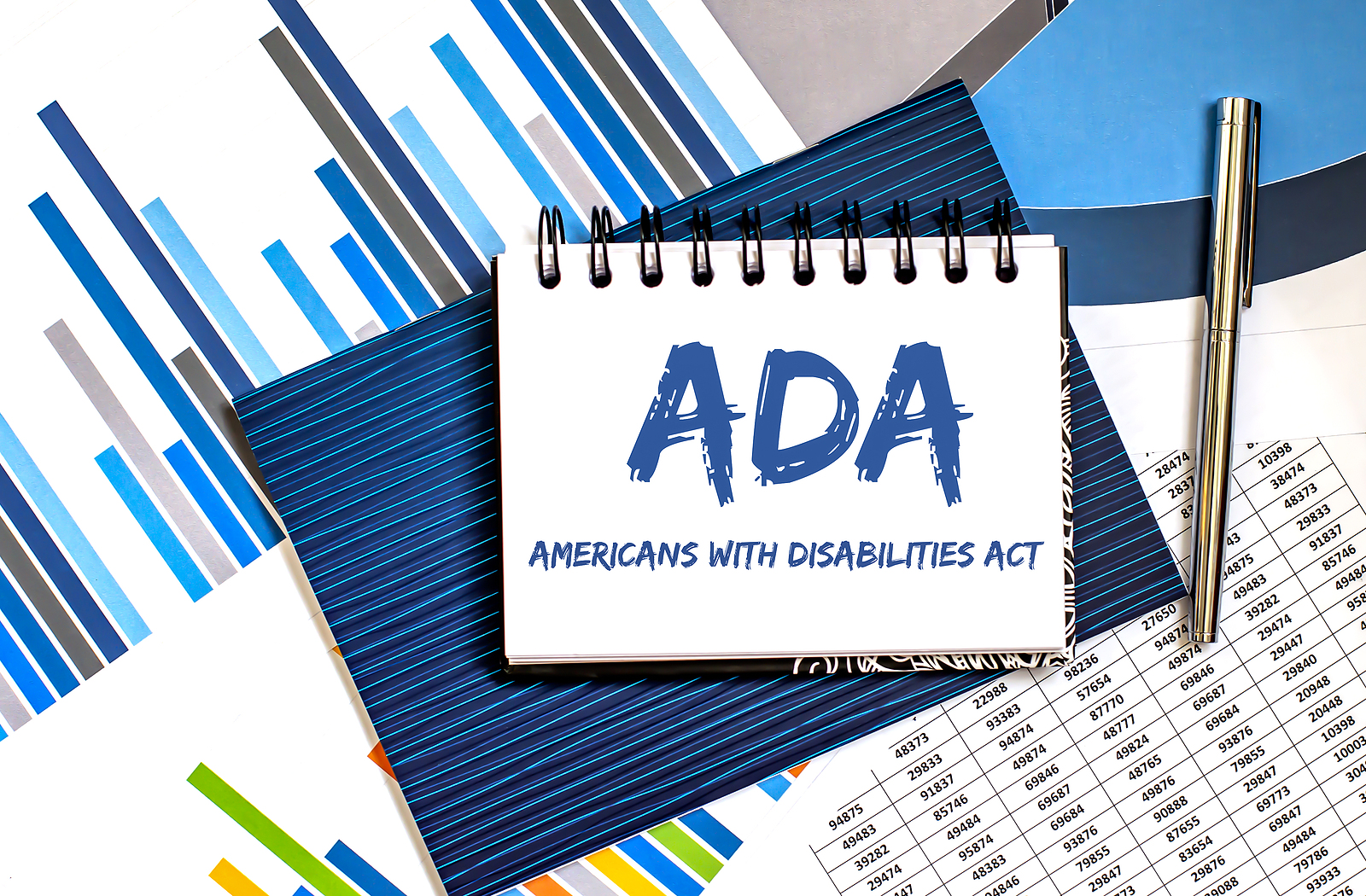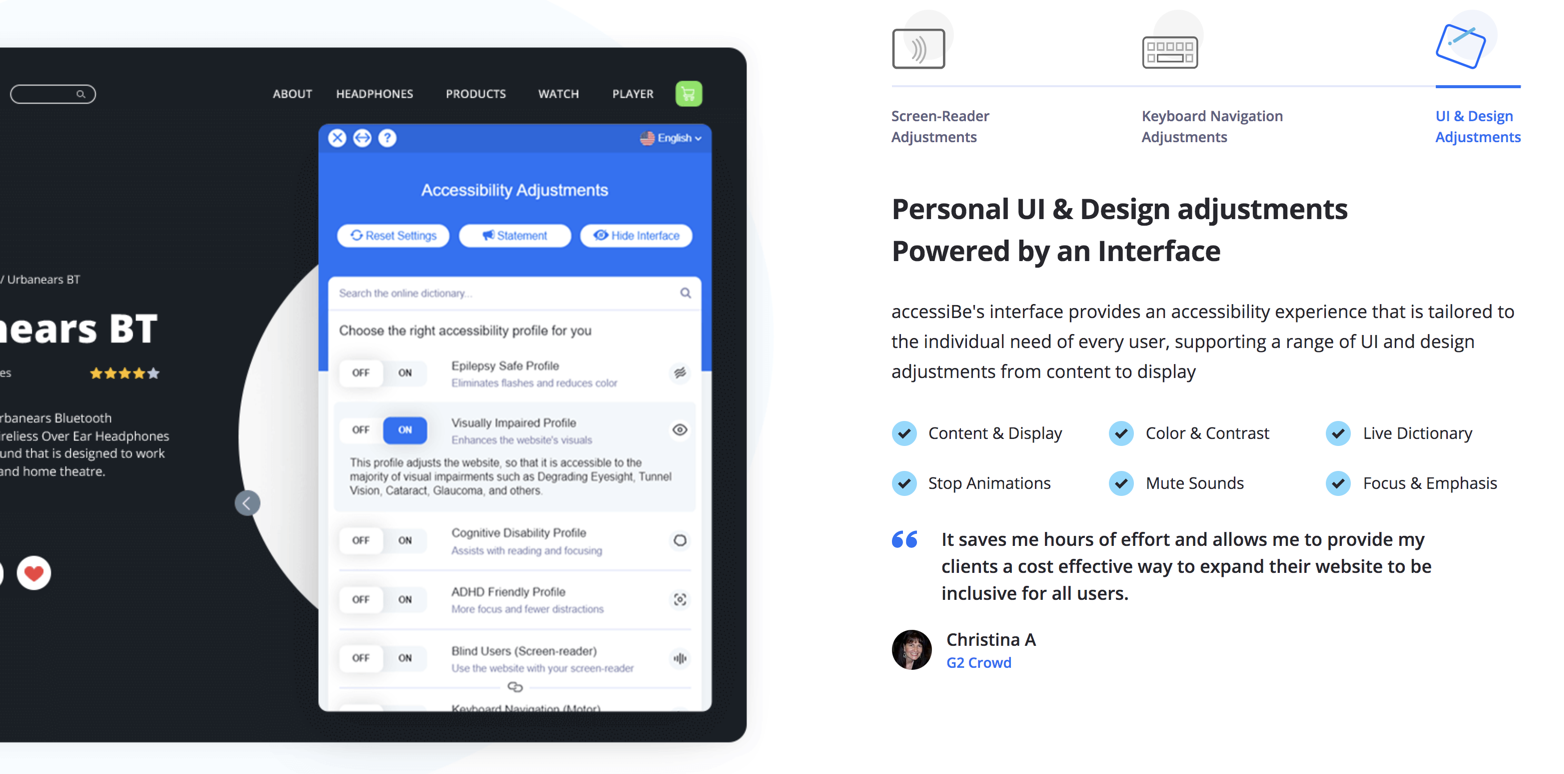What is ADA and WCAG Compliance?

Perhaps you’re a website owner who runs a successful online business; in that case, every person accessing your site must find it easy to use on many types of devices. This is important and becomes a necessity as the variety of tablets and mobile devices increases, but so does the user base. Smart mobile devices are becoming accessible globally, and site owners must find a way to meet all their visitors’ needs. Similarly, your website should have both ADA and WCAG compliance.
That’s why we must discuss the concept of “website accessibility.”
To give you some context, it’s no longer a case that your site should load correctly and be responsive across various platforms. Now, it’s more important than ever that your site is easy to access and by people from all walks of life, including individuals with disabilities and other limitations.
The good news is that we’ve found more context for you around website accessibility and compliance mandates related to accessibility like WCAG and ADA. While these acronyms might seem strange at first, by the end of this post, you will have a much better understanding of the regulations surrounding accessibility in the online space and also how you can leverage the tools available to align your site and keep it running.
Let’s start by gaining a good understanding of WCAG and ADA, and it’s meaning.

What are WCAG and ADA?
At present, the most common web accessibility compliance and regulation mandates include ADA and WCAG guidelines, and this is what we’ll focus on today. In short, both of these mandates and regulations is about ensuring every user who visits your site can access all paths of your sites and not be disadvantaged in any way based on their disabilities.
A good example would be when a user encounters an obstructive banner ad which has flashing lights on it; then, it could affect a health condition they have, such as seizures. Therefore you must take care to review anything that will attract a lawsuit through harm caused to users. Often a user who is affected won’t complain directly to you but go to an attorney who will review the case and send you a demand letter, and it can even go to court.
This is also not merely a precautionary message, as we’ve seen an example where this has happened. More prominent brands such as Netflix and Target have received lawsuits and also had to settle the issues. As a business owner, you may not have the legal fees and fines values to pay, so to avoid this sort of turmoil, we encourage you to steer clear of the accessibility challenges and start proactively updating your website.
Let’s also consider a few more reasons you can benefit by becoming compliant with WCAG and ADA.
Reasons to get compliant
If we’ve learned anything online, it’s that we should always be staying ahead and above the new rules and regulations that surface. In this section, we’ll look at how your business can manage compliance and also improve your business along the way.

Complying with web accessibility guidelines will enhance your business
We already know that it’s the law to make our site accessible to everyone, but it also makes excellent business sense. Firstly these guidelines are quite simple to follow and enforce compared to offline businesses. Usually offline businesses have to create access areas like handicap accessible parking, ramps for wheelchair users, and dogs’ allowance for visually impaired customers. When you move online, it might take time to apply the same accessibility as you need to audit your business for potential challenges individuals will face.
You have to consider a few avenues, such as seeing your website from a disabled individual’s perspective. Overall, this view of the situation will help you do better business, and you will end up providing equal, fair treatment for all customers, and it will make your business brand stand out from those who don’t. Users will undoubtedly notice and share this excellent service.
It’s cost-effective and quick to get compliant
From where you stand, you might think you have to redesign and program your site to align with ADA and WCAG. That’s not the case; it’s not an expensive exercise, nor should it have to be time-consuming.
We previously covered accessiBe, an AI-powered platform that will update your site with 48 hours with everything it needs to be more accessible to all your users. It merely adds a line of computer code to do so. Generally, the user will then gain access to a wheelchair icon on the site, and they can access many more options if used.
If you choose to use a more automated way to enhance your site, it’s pretty standard and relatively simple.
The process is as follows:
- Register at their website and get a free trial
- Install a line of code on your website
- Once done, the accessibility icon shows up on your website
- The AI-powered tool will scan and have your website WCAG compliant in 48 hours
- The AI continues to monitor and updating every 24 hours

Alternatively, you can opt to use a more manual route if you don’t want to provide your details to accessiBe. In this instance, get in touch with your web designer and have them update and redesign your site with the requirements set out by WCAG. This helps your website become easier to read by the search engines, and it’s hard coded into your website. It does take longer to do and is more cost-heavy. And you have to update your website as you update content, plugins, and software.
Getting compliant with ADA and WCAG is two-fold, firstly it’s regulated, but also it is suitable for your business. When you cater to all your customers’ needs, you improve your business long term and create more sustainability overall.
Final Thoughts
Web accessibility may have been a new concept for you, or perhaps you had a basic understanding. We hope that this has given you clarity and a new perspective on updating your website for ease of use to all users.
At the heart of the matter, regulations like WCAG and ADA seek to make the internet a more accessible space for everyone. While these regulations have not been strictly implemented before this, there is more appetite in the future where we are seeing businesses landing up with lawsuits for non-compliance like Netflix and Target.
Yet, there’s still time for you to engage with the regulations and equip your site effectively proactively. We shared two solutions: AI-driven and automated, and the other was to manually code and update your site, which is a more permanent solution.
More than that, we recommend that you audit your site by using the Google site check tool, which will show you how users access your site on various mobile devices. Once done, you have a roadmap to decide if you will take the manual or automated path to becoming more accessible.
The good news is that the changes can only make your business more adaptable for the future changes and regulations that might come up. Once you get this updated, then your site and online business will be available and accessible by everyone. You can rest easy knowing every individual has an excellent experience, leaving less risk and legal action coming to you.
We hope you have all the information needed to clarify why your site should be web-accessible. If you have any questions, don’t hesitate to leave them below, and we’ll get back to you as soon as possible.

